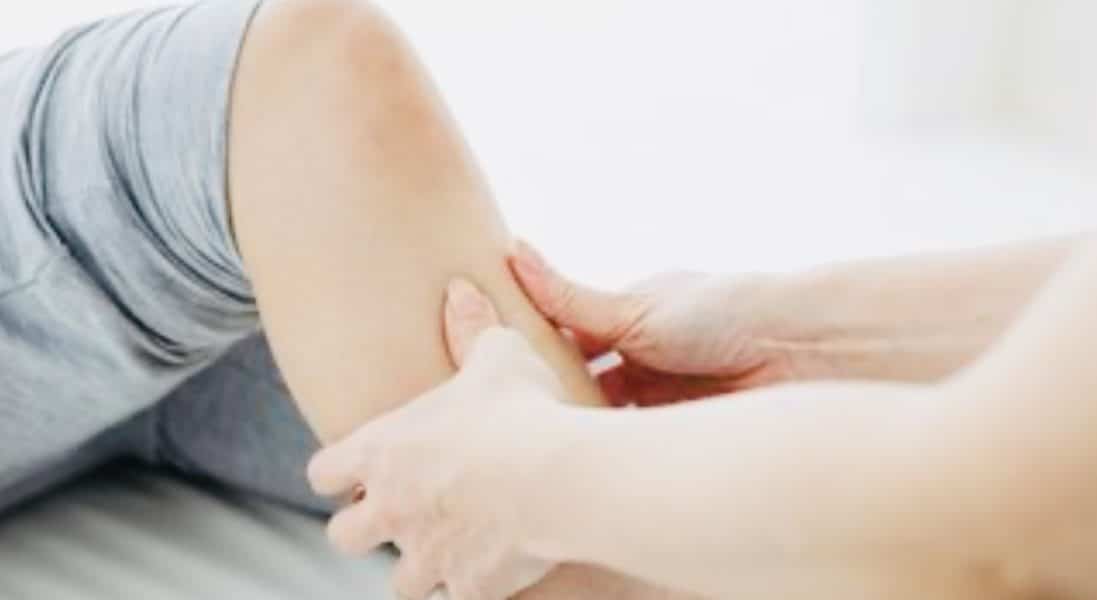By Sumaiya Farheen and Andrew Siyabalawatte, April 2023.
What is the Fibula Head?
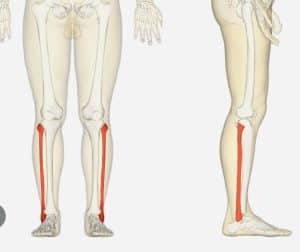
The fibula head is the rounded end of the fibula bone located at the uppermost portion of the bone, where it meets the knee joint. Pain in the fibula head is common with different causes of knee pain.
Fibula Pain
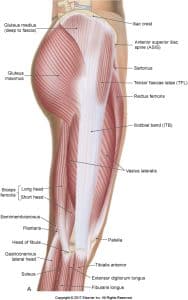
Fibula pain can be caused by a variety of factors, including injury, overuse or underlying medical conditions such as-
Knee Injuries
A knee injury such as a lateral ligament tear or lateral meniscus tear can cause pain around the fibula head. The fibula head can also be affected if there is a dislocation or subluxation around the knee joint i.e. patella dislocation or patella tendon rupture.
Common Peroneal Nerve Entrapment
The peroneal nerve runs down the side of the knee and can become compressed or trapped, causing pain in the fibula head area.
Iliotibial Band Syndrome (ITBS)
A common knee injury among distance runners and cyclists. Symptoms include lateral knee pain around the fibula head while walking or running due to inflammation on the lateral part of the knee joint. ITBS can be the result of a hip problem caused by an issue with the hip internal rotator muscles, the glutes.
Stress Fracture
Repetitive stress or overuse of the lower leg can lead to stress fractures in the fibula, which can cause pain around the fibula head.
Bursitis
Bursitis is inflammation of the bursa, which is a fluid-filled sac that cushions the joint. Bursitis in the knee can cause pain in and around the fibula head.
Where is the Tib fib Joint Located?
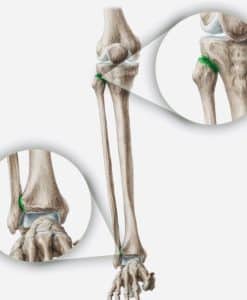
The tib fib joint is located where the tibia and fibula bones meet at the lower end of the leg, just above the ankle joint. Specifically, the joint is formed by the distal (lower) end of the fibula bone and the lateral (outer) surface of the tibia bone, where a small ridge called the fibular notch of the tibia articulates with the head of the fibula.
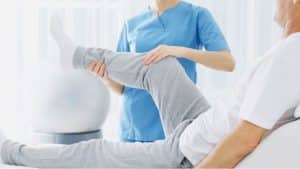
Avulsion Fracture of the Head of the Fibula
An avulsion fracture of the head of the fibula is a type of injury that occurs when a small piece of bone is pulled away from the main body of the fibula bone due to the excessive traction of the muscles and tendons that attach to it This type of injury is most common in athletes who participate in sports that require sudden changes of direction or jumping, such as soccer or basketball.
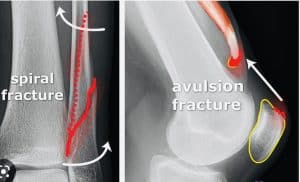
Treatment for an avulsion fracture of the head of the fibula typically involves rest, ice, compression, and elevation (RICE therapy), as well as immobilization of the leg with a cast or brace.
What is Medial Tibial Stress Syndrome?
Medial Tibial Stress Syndrome (MTSS), also known as “shin splints”, is a common overuse injury of the lower leg that typically affects athletes, runners, and dancers. It is caused by repetitive stress on the muscles, tendons, and bone tissue in the shin area, often due to activities that involve running or jumping.
Is medial tibial stress syndrome the same as shin splints?
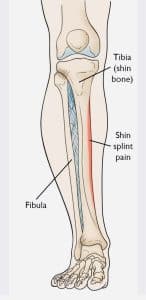
Yes, medial tibial stress syndrome (MTSS) is often used interchangeably with the term “shin splints.”
Shin splints is a broader term that refers to pain in the shin area, which can be caused by a variety of conditions, including MTSS.
MTSS is a specific condition that involves pain and tenderness along the inner (medial) aspect of the shinbone (tibia), usually caused by repetitive stress on the muscles and tendons attached to the tibia. So, while the terms are often used interchangeably, MTSS is a more specific diagnosis within the broader category of shin splints.
How To Relieve Fibula Pain
Ice is recommended for fibula pain. Ice results in the constriction of blood vessels, reducing circulation and swelling around the area. This can reduce the pain around the fibula head.
Put ice or a cold pack on the area for 10 to 20 minutes at a time.
How Does Massage Help Knee Pain?
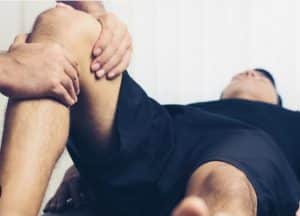
Sports massage can be a helpful treatment approach for addressing knee pain or pain at the head of the fibula, which is often caused by fibula head dysfunction. Here are a few ways in which sports massage can be beneficial-
- Increased blood flow
- Reduction in muscle tension
- Trigger point release
- Improved joint mobility
- Prevention of future injuries
It’s important to note that sports massage should be used as part of a comprehensive treatment plan that includes rest, ice, stretching, and strengthening exercises.
Book a sports or deep tissue massage with us by clicking here
Shockwave Therapy and Knee Pain
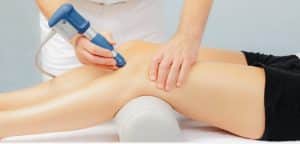
Shockwave therapy is a non-invasive treatment that uses high-energy sound waves to stimulate healing and reduce pain in affected areas. It can be used to help treat pain at the head of the fibula and knee arthritis. Shockwave therapy is typically done in a series of sessions, and the number of sessions needed may vary depending on the severity of the condition. Shockwave therapy can be beneficial for relieving knee pain by doing the following-
- Stimulating tissue regeneration
- Reducing inflammation
- Breaking up scar tissue
- Improving mobility of the knee
Book a shockwave therapy session with us by clicking here
Low Level Laser Therapy (LLLT) and Knee Pain
LLLT has clinical backing for its benefit in treating chronic pain in the shoulder joints, elbow, hand, finger and the lower back. At Back To Health Wellness we have also used it to treat chronic knee pain caused by knee osteoarthritis.
How does it work?
LLLT beams light energy at your skin, sending a 30-second light pulse into your knee. This pulse of light energy penetrates deep into the knee joint, triggering chemical changes that help with the healing and regrowth of damaged cells and tissues.
Book a Low Level Laser Session with us at Back To Health Wellness.

